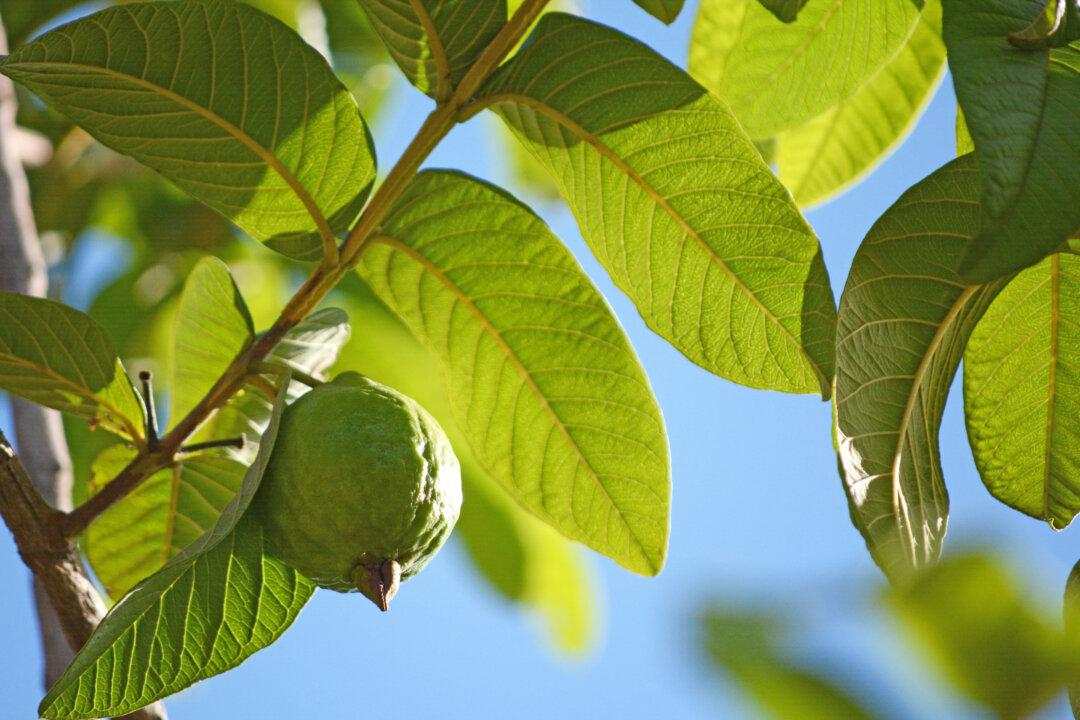These seven nutrient-packed fruits and vegetables are ready to fall into your plans for optimal health and well-being. Keep this list of the freshest produce available this season handy and make sure to take advantage of their unique benefits.
Apples and Their Anticancer Potential
It’s easy to take apples for granted for their availability all year round—this is their real season—but their healing properties stand out. In a study using aged mice, apples were found to prevent oxidative damage and impaired maze performance, as well as reduced cognitive performance.Consuming apples has also been linked by a few studies to cancer risk reduction, including the risk of colorectal cancer.
In one study published in Reviews on Environmental Health, that type of cancer was inversely correlated with the daily number of apple servings, with the most significant reductions observed for an intake of one or more servings of the fruit daily. In liver cancer, the peel was experimentally confirmed to kill cancer cells, likely due to its high content of phenolic compounds, antioxidants, and antiproliferative action. In breast cancer, the fruit was seen to inhibit mammary tumors in animal subjects.
Plums for Bone Health and Constipation
You can consume plums either fresh or in their dried form, commonly known as prunes. Plums can be enjoyed as sauces, jams, and chutneys. They can also add a nice sweet touch to meat dishes or turnovers.Prunus domestica L. is believed to promote bone health, effectively preventing and reversing bone loss. To test this, researchers recruited 236 women, one to 10 years postmenopausal, for a trial and found that dried plum significantly reduced the blood levels of bone turnover markers in the subjects.
For everyday wellness, consuming prunes may also help treat constipation. People who ate 2 ounces, or 50 grams (g), of prunes every day for three weeks reported having better stool consistency, as well as frequency versus the psyllium group. However, it’s important not to eat too many prunes in order to prevent unwanted effects such as diarrhea.
Artichokes Offer Pro-Liver Action
Known by the names French artichoke and green artichoke in the United States, the artichoke is part of the species of thistle that’s been cultivated as food. The plant’s edible portion is made up of flower buds before the flower fully blooms.In studies, artichoke has been found to have antioxidant, choleretic, bile-enhancing, and lipid-lowering effects, along with standout benefits for the liver. In animal findings, the leaves and roots’ liquid extracts have exhibited an ability to protect the liver and potentially help liver cells regenerate.
In healthy subjects, boiled wild artichoke also appeared to reduce postprandial glycemic and insulin responses, although no effect was seen on metabolic syndrome patients.
Okra’s Beneficial Mucilage
An economically valued vegetable in tropical and subtropical areas, okra has immature fruits that are used as a vegetable in soups, stews, or salads whether fresh, dried, or boiled.Okra is known to be mucilaginous (gelatinous) after it’s cooked. The mucilage has a number of medicinal uses, including binding cholesterol and bile acid-carrying toxins dumped into it by the liver. Okra also offers fiber and protein consisting of lysine and tryptophan amino acids.
Okra has a number of potential health benefits, from helping to prevent cardiovascular disease and Type 2 diabetes to supporting digestion and fighting some forms of cancer.
Cauliflower Lends Weight Management
Cauliflower belongs to the Brassica species, known for their health-promoting phytochemicals such as vitamin C, minerals, and phenolic compounds.Some of the properties of cauliflower may aid in weight loss: It’s low-calorie, with only 25 calories in every cup, and often serves as a substitute for less nutrient-dense foods, such as rice.
Its dietary fiber helps slow digestion, as well as promote satiety, which may reduce the number of calories consumed throughout the day.
In cooking cauliflower, boiling and blanching it damaged nutrient composition and lead to significant losses of protein, minerals, and phytochemicals. The good news is that steaming and stir-frying showed the lowest nutrient reduction.
Pears Are an Inflammation Fighter
This sweet, bell-shaped fruit is chock-full of health benefits. For one, it contains antioxidants and offers 27 to 41 milligrams of phenolics for every 100 grams. According to animal studies, pears may regulate alcohol metabolism, prevent ulcers, and lower cholesterol levels.Pears aren’t just a juicy fall treat, but also a potent inflammation fighter. They’re a rich source of flavonoid antioxidants, which can combat inflammation and help reduce disease risk. In a large study involving more than 200,000 subjects, eating five or more weekly servings of fruits such as pears, which are rich in anthocyanins, was linked with a lower risk of Type 2 diabetes.
Mushrooms Reduce Mortality Risk
Mushrooms have a long history as a health-promoting food, dating back to their cultivation in ancient China. These fungi contain the same form of vitamin B12 found in meat, albeit in very low quantity, as well as fiber, selenium, and other vitamins and minerals.Preclinical and clinical studies have hailed the benefit of mushrooms on cognition, weight loss, oral health, and even cancer prevention. They’re thought to support healthy immune and inflammatory responses through their effects on gut microbiota.
Investigating the ties between mushroom intake and all-cause and cause-specific mortality risk, a 2021 study concluded that consuming mushrooms was associated with a lower risk of total mortality in a nationally representative sample of U.S. adults.
Several different types of mushrooms are available in the market, with the common button mushroom as the most popular in the United States. It can be eaten raw or cooked. Other varieties include enoki, which has long and thin white stems with small white caps, and oyster mushrooms, a fan-shaped delicate cap.
Portobello, a large brown thick cap with a rich, juicy flavor, is often used as a meat substitute. There are even mushrooms that taste like chicken, sometimes known as chicken of the woods.





